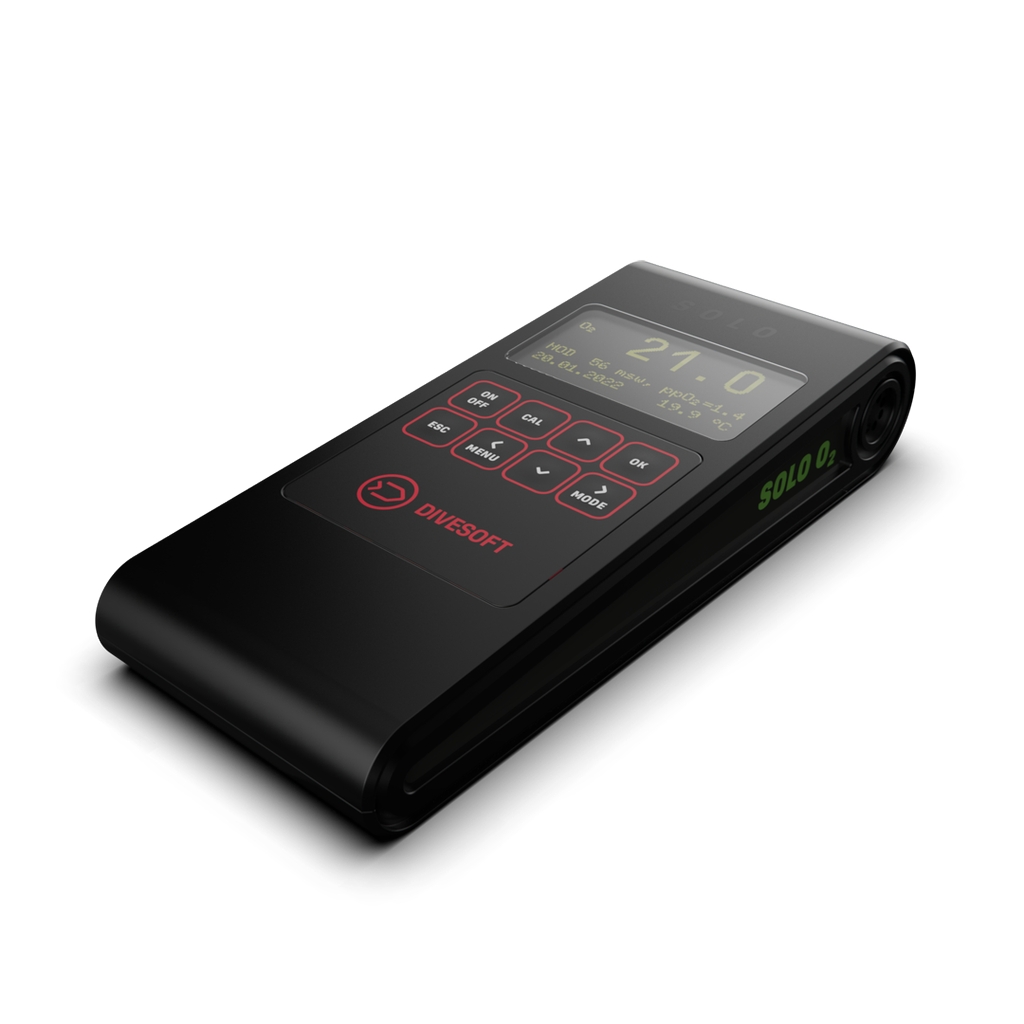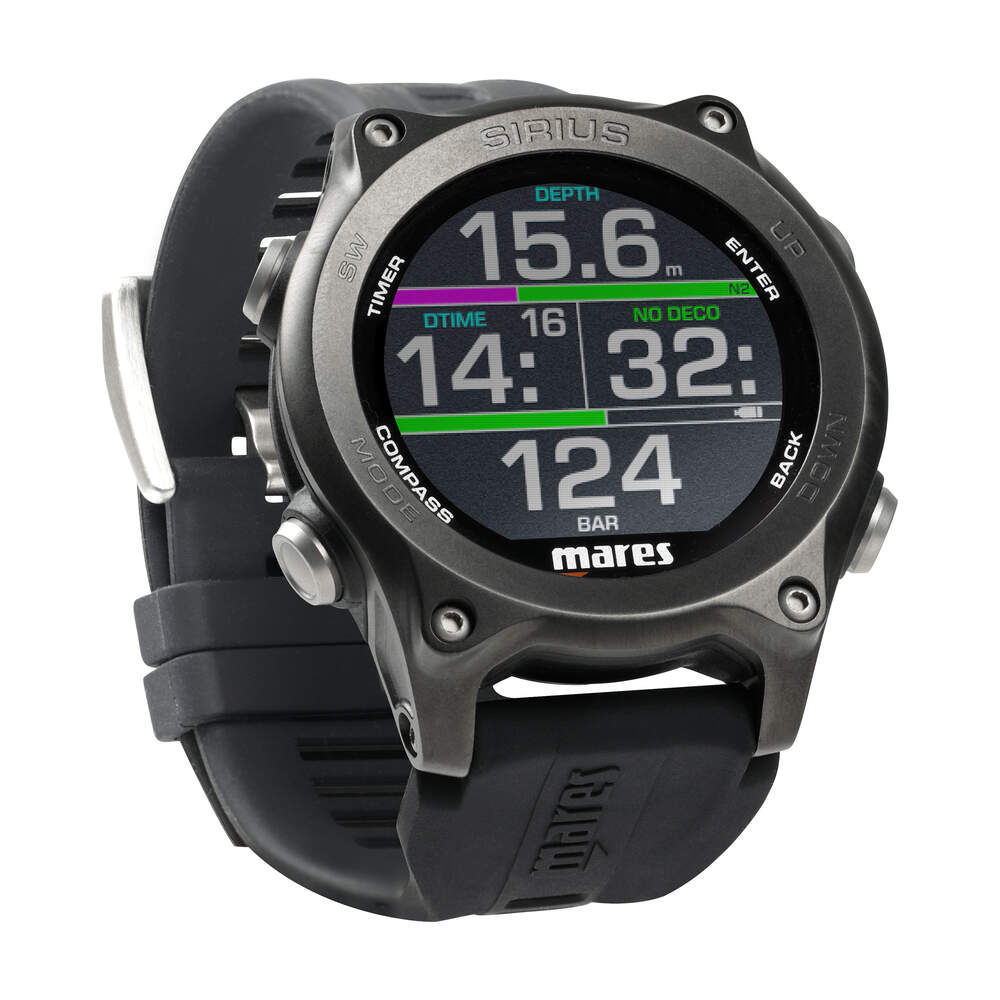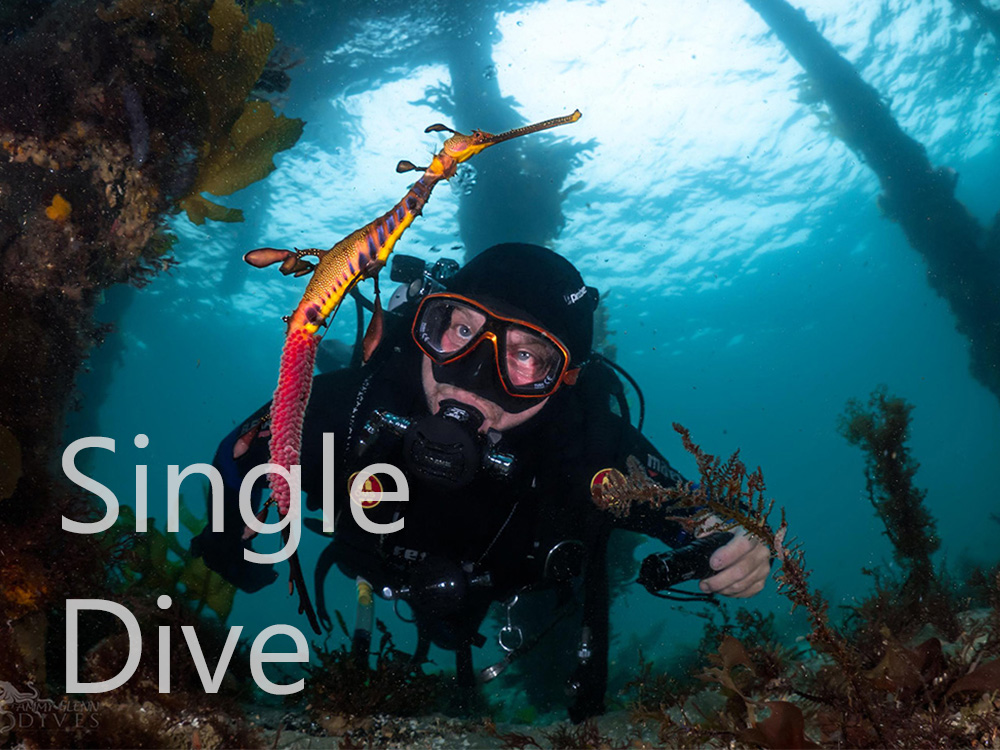Navigation
The Scuba Doctor has a growing range of specialist underwater photography and video packages that will save you money. Our tray, arm and light/strobe packages for action, compact and mirrorless cameras are available at everyday low prices.
Orange Grove
![]() Wreck Dive |
Wreck Dive | ![]() Boat access
Boat access
![]()
![]()
![]()
![]()
Iron Lighter | Max Depth: 3 m (9.84 ft)
The former barque Orange Grove was broken up after being rammed by the SS Clan MacArthur, which also damaged berth No. 6 Victoria Dock. Costs of 2,255 pounds were borne by Clan MacArthur's agents, William Houghton & Co.
Orange Grove Shipwreck History — Built in 1861
The Orange Grove was a three-masted iron barque of Units: unknown unit type given, built in 1861 by Barclay, Curle & Co. of Glasgow, Scotland. The vessel had an overall length of approximately 146.6 ft (45 m), beam 25.6 ft (7.8 m) and draught 16.9 ft (5.15 m). The Orange Grove had a figurehead of a negro woman holding with one hand, a basket of oranges balanced on her head.
The Orange Grove traded around the world including between Mauritius and Australia, carrying sugar. On one voyage carried passengers from South Africa. Former owners: G.A. Dibbs, Sydney (1873); A. Russell, registered Port Adelaide (1881); A. Russell and W.L. Dickson, registered Melbourne (1883); J.J. Russell and others (1888); Adelaide Steamship Co. converted to coal hulk (1898).
The Orange Grove was registered in Melbourne as a lighter in 1930. In 1936, while employed as a wool lighter, the Orange Grove was slightly damaged while being towed with another wool lighter Sidney (ex HMCV Protector) by tug J.W. Alexander. Steamer Allara collided with and sank the tug in the Hopetoun Channel, Corio Bay.
Orange Grove Sinking — December 1942
The Orange Grove was broken up after a collision with Clan MacArthur while at No. 6 Victoria Dock, Yarra River Port Phillip North wharf.
See also, Australian National Shipwreck Database: Orange Grove, and
Heritage Council Victoria: Orange Grove.
Heritage Warning: Any shipwreck or shipwreck relic that is 75 years or older is protected by legislation. Other items of maritime heritage 75 years or older are also protected by legislation. Activities such as digging for bottles, coins or other artefacts that involve the disturbance of archaeological sites may be in breach of the legislation, and penalties may apply. The legislation requires the mandatory reporting to Heritage Victoria as soon as practicable of any archaeological site that is identified. See Maritime heritage. Anyone with information about looting or stolen artefacts should call Heritage Victoria on (03) 7022 6390, or send an email to heritage.victoria@delwp.vic.gov.au.
Traditional Owners — This dive site is in the traditional Country of the Boon Wurrung / Bunurong people of the Kulin Nation. This truly ancient Country includes parts of Port Phillip, from the Werribee River in the north-west, down to Wilson's Promontory in the south-east, including the Mornington Peninsula, French Island and Phillip Island, plus Western Port. We wish to acknowledge the Boon Wurrung as Traditional Owners. We pay respect to their Ancestors and their Elders, past, present and emerging. We acknowledge Bunjil the Creator Spirit of this beautiful land, who travels as an eagle, and Waarn, who protects the waterways and travels as a crow, and thank them for continuing to watch over this Country today and beyond.
Orange Grove Location Map
Latitude: 37° 51.915′ S (37.86525° S / 37° 51′ 54.9″ S)
Longitude: 144° 51.939′ E (144.86565° E / 144° 51′ 56.34″ E)
Datum: WGS84 |
Google Map
Added: 2021-02-07 10:25:40 GMT, Last updated: 2022-04-27 01:19:39 GMT
Source: Google Earth
Nearest Neighbour: Agnes, 617 m, bearing 73°, ENE
Iron Lighter.
Built: 1861.
Sunk: December 1942.
Depth: 3 m.
[ Top ]
DISCLAIMER: No claim is made by The Scuba Doctor as to the accuracy of the dive site coordinates listed here. Should anyone decide to use these GPS marks to locate and dive on a site, they do so entirely at their own risk. Always verify against other sources.
The marks come from numerous sources including commercial operators, independent dive clubs, reference works, and active divers. Some are known to be accurate, while others may not be. Some GPS marks may even have come from maps using the AGD66 datum, and thus may need be converted to the WGS84 datum. To distinguish between the possible accuracy of the dive site marks, we've tried to give each mark a source of GPS, Google Earth, or unknown.
Copyright © 2005-2022 by The Scuba Doctor Australia, ABN 88 116 755 170. All rights reserved.
tel. +61 3 5985 1700 :: email. diveshop@scubadoctor.com.au :: Web site by it'sTechnical 2022

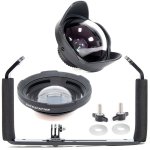
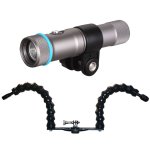
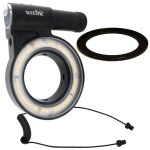
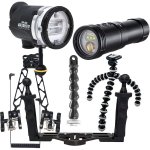
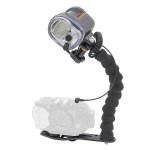
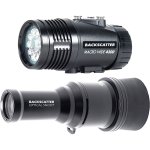
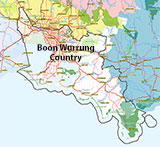


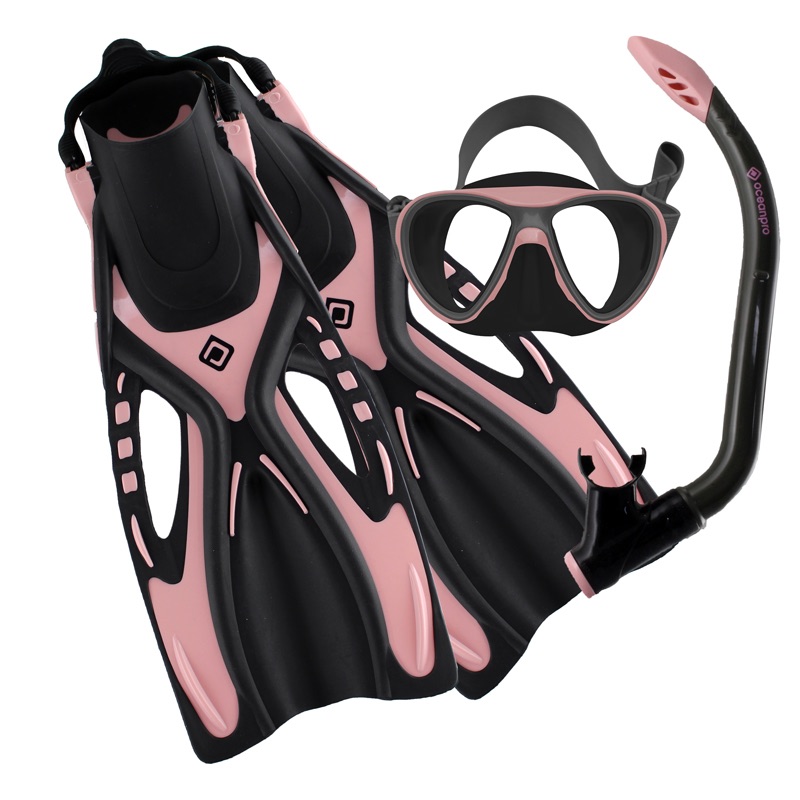






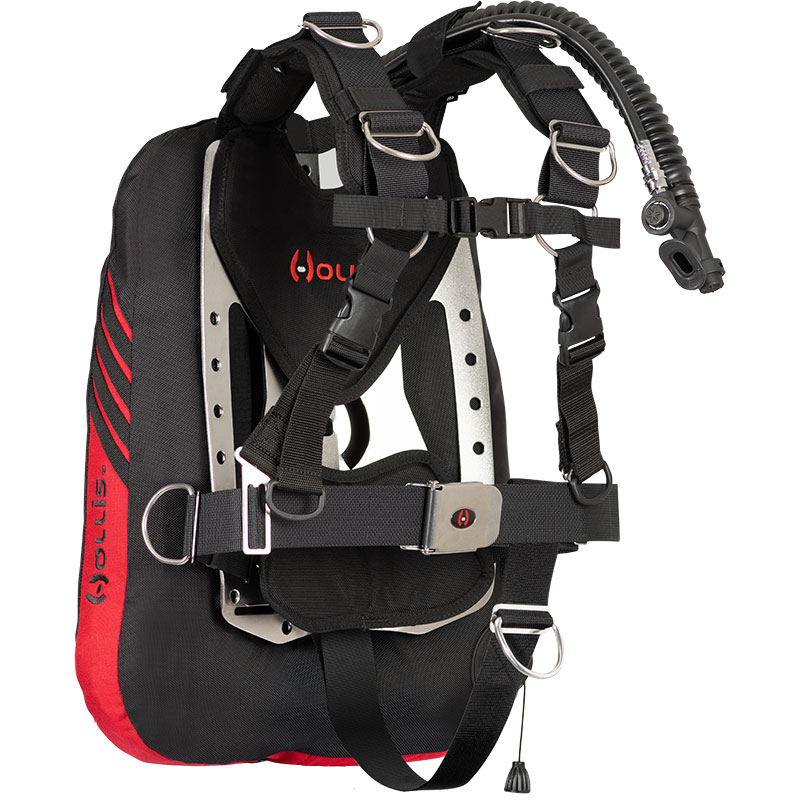
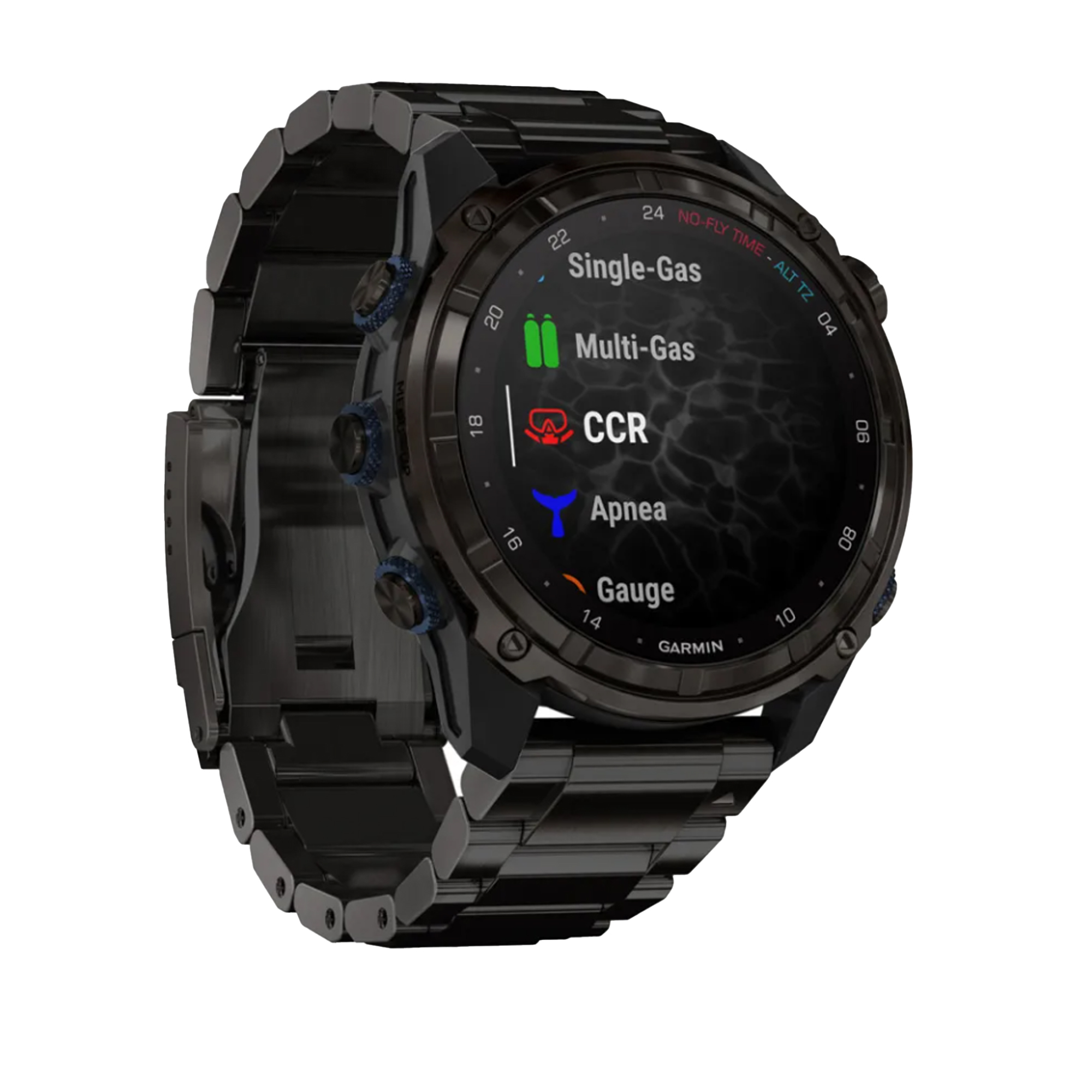
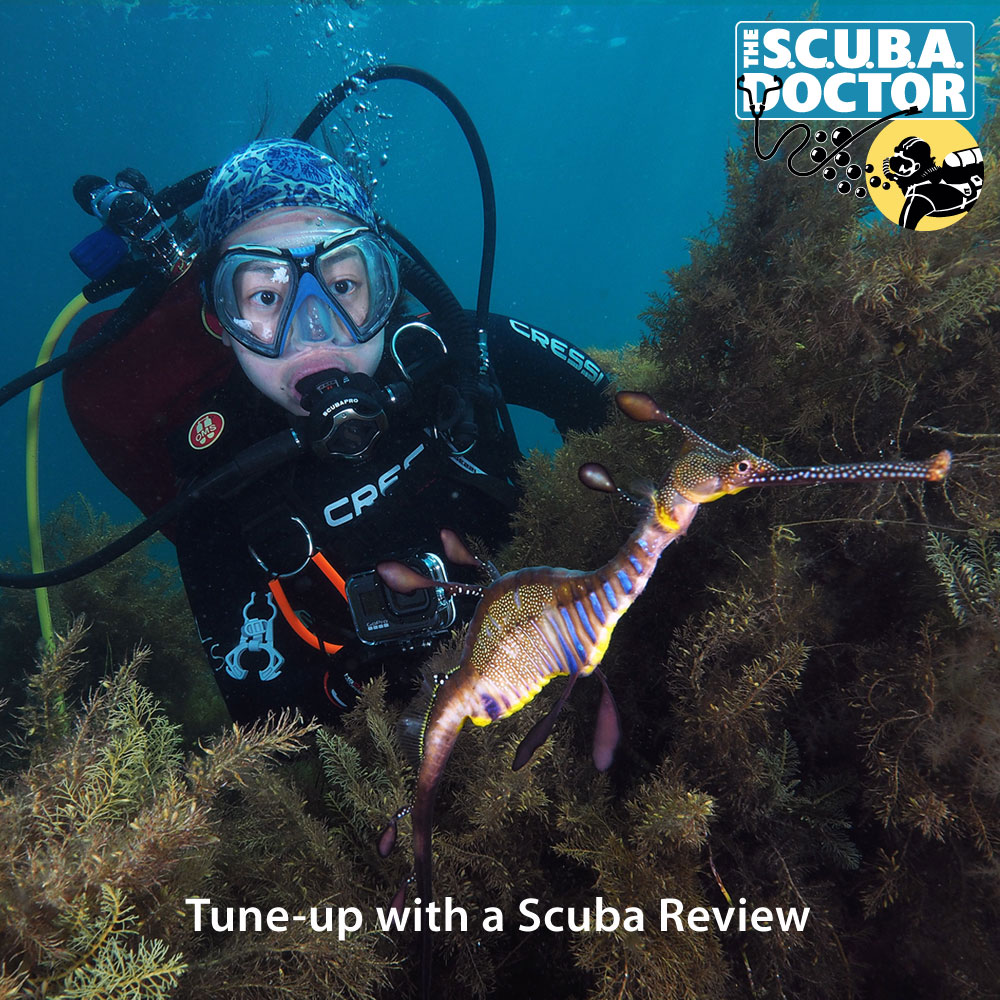
![Halcyon Infinity 30lb System [SS Small Backplate] Halcyon Infinity 30lb System [SS Small Backplate]](/diveshop/images/halcyon/Halcyon-Evolve-Wing.jpg)
